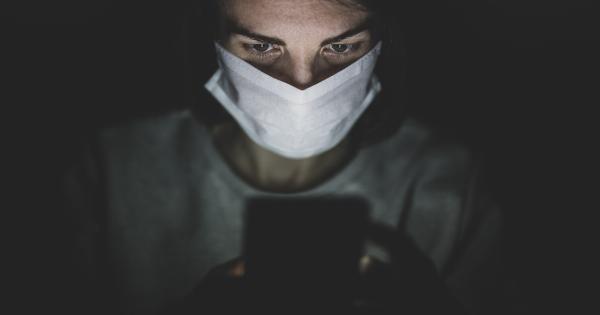Getting a tattoo is a popular form of self-expression among people of all ages. However, what many people fail to consider are the potential hidden risks associated with this permanent form of body art.
In this article, we will discuss some of the major hidden risks of getting a tattoo.
Tattoo Infection
One of the most common risks associated with getting a tattoo is infection. When getting a tattoo, a needle is used to transfer ink into the skin.
If the needle is not properly sanitized or if the artist does not follow proper sanitation procedures, there is a risk that bacteria and other germs can be introduced into the skin. This can result in a bacterial or fungal infection that can be difficult to treat.
Allergic Reactions
Another hidden risk of getting a tattoo is an allergic reaction. Not everyone is allergic to tattoo ink, but those who are can experience a range of symptoms, from mild irritation to a more serious allergic reaction.
Symptoms can include redness, itching, swelling, and even difficulty breathing. If you are allergic to tattoo ink, it is important to avoid getting a tattoo altogether.
Scarring and Keloids
Getting a tattoo can also increase your risk of scarring and keloids. Keloids are raised areas of skin that form over a scar, and they can be difficult to treat.
While not everyone who gets a tattoo will develop a keloid, those who are prone to scarring are more likely to develop one.
Transmission of Bloodborne Diseases
Another risk associated with getting a tattoo is the potential transmission of bloodborne diseases.
If the tattoo artist uses a needle that has not been properly sterilized, there is a risk that you could contract a disease such as HIV, hepatitis B, or hepatitis C.
Regret
One of the lesser-known risks associated with getting a tattoo is regret. People are not always happy with the results of their tattoos or may simply change their minds about the tattoo as they get older.
A tattoo is permanent, and removal can be both expensive and painful. For this reason, it is important to think carefully before getting a tattoo.
Choosing the Right Tattoo Artist
One way to reduce the risks associated with getting a tattoo is to choose the right tattoo artist. A reputable and experienced tattoo artist who follows proper sanitation procedures can greatly reduce your risk of infection and other complications.
Caring for Your Tattoo
Another way to reduce the risks associated with getting a tattoo is to properly care for it after it has been applied.
This includes keeping the area clean and dry, avoiding tight clothing that rubs against the tattoo, and applying a protective ointment or cream as recommended by your tattoo artist.
Weighing the Risks and Benefits
Getting a tattoo can be a great form of self-expression, but it is important to weigh the risks and benefits before making the decision to get one.
By understanding the potential risks associated with getting a tattoo, you can make an informed decision about whether this form of body art is right for you.
Conclusion
When it comes to getting a tattoo, there are many hidden risks that should be considered. From the risk of infection to the potential for allergic reactions, it is important to weigh the risks and benefits before making the decision to get a tattoo.
By choosing the right tattoo artist and properly caring for your tattoo, you can greatly reduce your risk of complications and enjoy your new body art for years to come.































